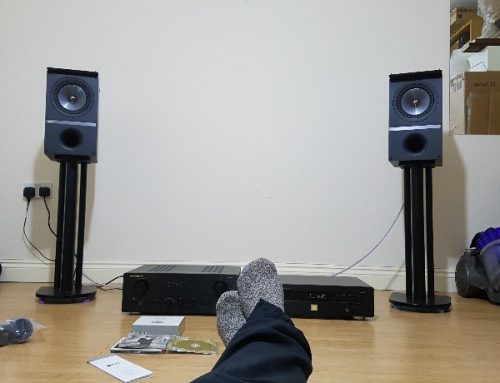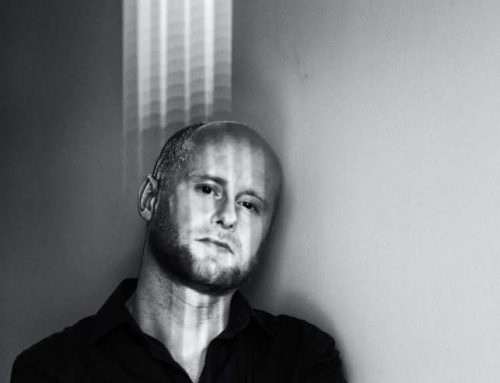DANCERS AT A GATHERING
This spectacle came to me as a surprise. Going to the cinema that evening, I did not expect to see another great performance of the dancers, with a very different feel to what I have already seen during my previous visits.
This time, instead of a story that supposed to be visualised during the acts, the dancers were freely moving their bodies, as they were a wavelengths of a sound, flowing through the scene. Piano was the only instrument during the whole time, brought to live by the masterful hands of Robert Clark.
Women and Men, dressed in simple, pastel coloured clothes, were playing with each other, what looked like a romantic, cheeky and fun interactions, but in fact they were very technically demanding stretches and jumps, and occasionally lifts of their partners. The moves were precise and synchronised with music, at some points sharply changing the direction of the body to match the rhythm and mood of the sound. To an untrained eye all performance could look like a simple warm up, but if one look closer, all the details made it a very hard, skilful and professionally made spectacle.
I loved it!
THE CELLIST
Oh gosh, where to start…
The performance was based on the true story of a cellist Jacqueline du Pré.
As a young girl she discovered the instrument thanks to her mother, and since then her life become tangled with the music.
She quickly became famous. At age 21 she found her love of life in Daniel Barenboim, who was a pianist and a conductor. They quickly became very popular not only as a talented individuals, but also a “Golden Couple”.
At age 28 she was diagnosed with MS (Multiple Sclerosis) and her ability to play was rapidly declining, with her last public concert in New York, February 1973 (age 28). She died 1987.
The ballet started with a family scene, where young Jacqueline was playing with her sister in the living room of her parents’ house. This and following stories from a young age of the girl were played by Emma Lucano. Worth mentioning was the way in which the everyday objects were shown: lamps and record players were posed by dancers rather than typical props. I think this extra effort supposed to prepare the viewer for the scenes with in-personalised Cello, where instrument moves with the player and express his emotions though dance. This attention to detail made whole spectacle more uniform.
Moving fast forward, du Pre becomes an adult (now replaced with Lauren Cuthbertson), and she grabs the audience attention with her beautiful music. The Cello and his Player become one, in the vortex of entangled bodies, they visualise what is happening in the mind of the musician during her performance. To me, each scene where they danced, was really captivating, and I truly loved it.
Between those moments, there were other stories, such as schooling days, concerts and other, which I did not really fully understood, due to the fact that I did not know all the details of du Pre life.
The last memorable part to me was at the end, when tired, sick and powerless Jacqueline sits in her chair alone on one side of the scene, and on the other her younger self is dancing full of life, energy and positive emotions. It was a very powerful image, which made the story even more striking.
In summary, I highly recommend to watch the ballet. With its unusual way of presenting the bitter-sweet story of an amazing artist, it will stay longer in the viewer’s mind and maybe force to reflect on ones own life.






Leave A Comment